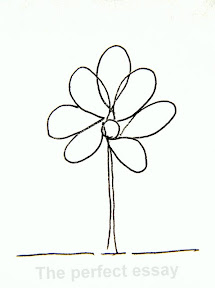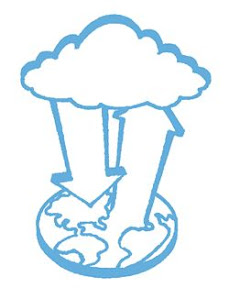Reread the introduction to Crook and Dymott’s chapter. Then read the rest of the paper. As you are doing so, make notes on the following:
What part do the five aspects of writing (text on the screen; text on the network; text as electronic traffic; text and the website; and the dialogue around text) play in describing the activity of writing? Do they ‘effect’ writing or ‘constitute’ it? How?
Do you think that the learning involved in writing the assignments, or carrying out the other tasks described, is located in the head of the students? Or do you think it is distributed and situated?
Crook and Dymott discuss the fact that there were substantial differences in the ways in which individual students used resources in one of the tasks (p. 103). What does this tell us about the mediated, situated and distributed nature of the activity?
If you were given the opportunity to assess some of the students’ assignments that are described in this chapter, where would you focus your attention: on the end product or on the process of writing, and why?
Which methodologies would you use to carry out your assessment of the students’ assignments, over and above those described in the chapter, and why?
_____________________________________________________________________
Writing is a function of the communicating clusters in our brain and will produce the same results whether cuneiform on clay, hieroglyphs on stone, handwriting on papyrus, printing on paper, text on a screen or an annotated animation in a video. The way the brain functions is to read it or to compose it remains the same.
Learning is both an artifact and a process - the artifact exists as a potential in the brain and when stimulated can in part, through the complexity, be seen in a fMRI scan. The process of learning takes place as an interaction with the world around us, more people, but also the context and ours.
Quiz 100 students at the OU who study online and you will get a wide variety of answers.
I don't think one approach would correlate with better or worse results either. Students come to understand that it requires some kind of participation with the text beyond simply reading it - so whatsoever the platform you learn to take notes, or highlight, or in my case even screen grab and crop in order to filter, punctuated, and reduced the text - and in the process make it you own.
The end result is far and away the most important consideration, if the result is very good or very poor it might be worth asking what the students did. Chances are nit long ago it would have been exactly the same thing - the higher scorer simply doing more of it, with greater effort and focus.
An in depth hour long interview, with video recording for further later analysis - and a follow up even to this. And stuffing the ethics of it leaving the recorder on beyond the end of the formal interview. This is necessary in order to get some semblance of what was really going on.
A diary or journal kept st the time and discussed can offer insights though some will struggle so a prompt sheet of some 16 or so questions might help them record the facts and detail that matters.
Going to a further extreme, and with any ethical and legal, and privacy/data protection issues covered, to use a SenseCam or some such life-logging device in order to understand what really went on - in particular the context.
I am flat on my back on a bed with an iPad at the moment, but can be at a laptop in the kitchen or in front of some huge screens on my son's desktop. I prefer eBooks and will highlight, note, even comment and Tweet thoughts as I go along.
Wherever my head goes my 'cloud' comes with me.
When I can only have the book then I do as I did as an undergraduate - I take notes as I go along - into the iPad with pages bookmarked with PostIts.

